Home> Bearing Technology> Rod End Duel: THK vs. NMB vs. SKF – Comparing Performance and Reliability
Introduction
The rod end market plays a crucial role in various engineering applications, providing essential motion control and connection in mechanical systems. As demand for high-performance components increases, the focus on the performance and reliability of rod ends has never been more critical. In this competitive landscape, manufacturers strive to deliver products that not only meet but exceed industry standards.
will delve into the intricacies of the rod end market, particularly comparing three prominent brands: THK, NMB, and SKF. Each of these manufacturers has established a reputation for quality and innovation, but how do their products stack up against each other in terms of performance and reliability? We will explore the unique features, advantages, and disadvantages of each brand's offerings.
Overview of the Rod End Market
The rod end industry has seen substantial growth, driven by advancements in technology and increased demand across sectors such as automotive, aerospace, and industrial machinery. As engineers and technicians seek components that can withstand harsh operating conditions while delivering precise motion control, the competition among leading brands intensifies.
Importance of Performance and Reliability in Rod Ends
Performance and reliability are paramount when selecting rod ends for any application. These components must endure varying loads, environmental factors, and operational stresses. A reliable rod end minimizes the risk of failure, which can lead to significant downtime and costly repairs. Therefore, understanding the performance metrics and reliability ratings of different brands is essential for making informed decisions.
Introduction to THK, NMB, and SKF
THK: A leader in linear motion and a pioneer in the development of linear guide technology, THK is known for producing high-quality rod ends that offer exceptional precision and durability. Their products often feature advanced materials and innovative designs tailored for specific applications.
NMB: Renowned for its expertise in motion control solutions, NMB offers a wide range of rod ends known for their robust construction and reliability. Their commitment to quality ensures that their products perform consistently under various conditions.
SKF: A global leader in bearing technology, SKF provides a comprehensive selection of rod ends designed for high performance and longevity. Their focus on research and development has led to innovations that enhance the functionality and reliability of their components.
In this comparison, we will examine the specific offerings from THK, NMB, and SKF, evaluating their performance metrics, application suitability, and overall reliability to determine which brand stands out in the crowded rod end market.
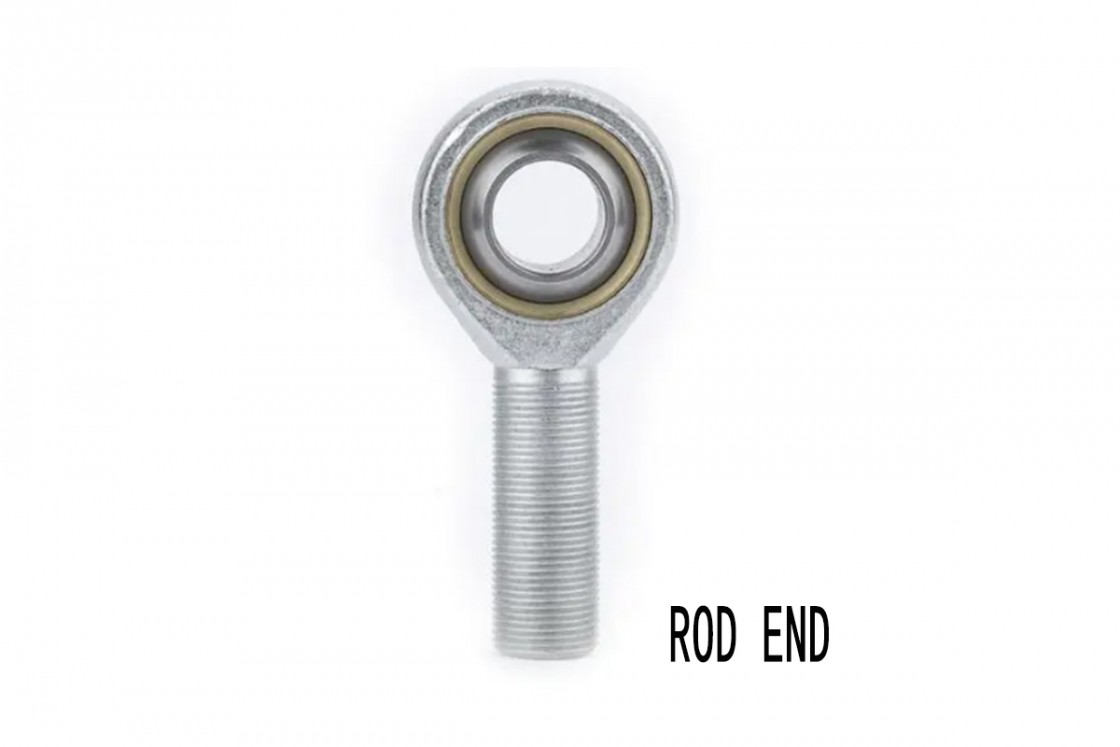
Material Specifications
When evaluating rod ends, the materials used in their construction are critical factors that directly influence performance and reliability. Different manufacturers employ various materials based on their design philosophy and application requirements. we will examine the materials used by THK, NMB, and SKF, followed by a comparative analysis of their material quality and durability.
Materials Used in THK Rod Ends
THK rod ends are known for their robust construction and high-performance materials. The primary materials include:
High-Strength Steel: Often used for the body and threaded parts, high-strength steel provides excellent tensile strength and resistance to wear. This material is crucial for applications that involve heavy loads and dynamic forces.
Stainless Steel: For environments prone to corrosion, THK offers stainless steel options. These materials provide excellent corrosion resistance, making them suitable for harsh conditions, such as those found in the automotive and marine sectors.
Polymer Liners: In certain models, THK incorporates polymer liners within the bearing to reduce friction and enhance smooth operation. These liners also contribute to the overall longevity of the rod end.
Materials Used in NMB Rod Ends
NMB rod ends are designed with a focus on reliability and performance. The material specifications include:
Carbon Steel: NMB typically uses high-quality carbon steel for the main body of their rod ends. This material is known for its durability and ability to withstand significant stress and deformation.
Alloy Steel: For applications requiring higher strength, NMB employs alloy steel. This enhances the load capacity and overall durability of the rod end.
Corrosion-Resistant Coatings: Many NMB products feature specialized coatings that protect against corrosion and wear, which is essential for maintaining performance in challenging environments.
Materials Used in SKF Rod Ends
SKF rod ends are engineered for optimal performance and longevity. Their materials include:
Tempered Steel: SKF utilizes tempered steel for its strength and resilience. This treatment process increases hardness, which is beneficial for high-load applications.
Stainless Steel Options: Similar to THK, SKF offers stainless steel rod ends that excel in corrosive environments, ensuring longevity and reliability.
Advanced Polymers: SKF incorporates advanced polymer materials in their designs, which help reduce friction and improve overall performance, particularly in dynamic applications.
Comparative Analysis of Material Quality and Durability
When comparing the materials used in rod ends from THK, NMB, and SKF, several key factors emerge:
|
Criteria |
THK |
NMB |
SKF |
|
Strength and Load Capacity |
Utilizes high-strength materials, focusing on tempered and high-strength steels for excellent load-bearing capabilities. |
Employs alloy steel, enhancing performance under stress. |
Uses tempered and high-strength steels for robust load capacity. |
|
Corrosion Resistance |
Offers stainless steel options, crucial for corrosive environments. |
Provides corrosion-resistant coatings, though less robust than stainless steel. |
Features stainless steel options for superior corrosion resistance. |
|
Durability |
Incorporates polymer liners to reduce wear and enhance durability. |
Commits to high-quality carbon and alloy steels for solid performance. |
Utilizes advanced polymers to improve overall durability. |
|
Application Suitability |
Emphasizes precision and flexibility tailored to specific applications. |
Focuses on robust construction suitable for demanding applications. |
Combines durability with advanced engineering solutions for varied uses. |
In summary, the material specifications of rod ends from THK, NMB, and SKF reveal distinct approaches to achieving performance and reliability. Understanding these material differences is essential for engineers and technicians when selecting the right rod end for their specific applications.
Structural Features
The structural features of rod ends play a significant role in their performance, durability, and application suitability. Understanding the design characteristics of THK, NMB, and SKF rod ends can help engineers and technicians make informed decisions. In this section, we will explore the structural features of each brand's rod ends, highlighting their unique designs and the advantages and disadvantages associated with them.
Design and Structural Features of THK Rod Ends
THK rod ends are renowned for their precision engineering and innovative designs. Key structural features include:
Spherical Bearings: THK rod ends typically incorporate spherical bearings that allow for multi-directional movement, making them ideal for applications requiring high flexibility and dynamic performance.
Threaded Design: The integration of robust external or internal threads ensures secure mounting and alignment. This feature enhances the overall stability of the rod end during operation.
Self-Lubricating Options: Many THK models come with self-lubricating features that reduce friction and prolong lifespan, which is particularly beneficial in high-load situations.
Advantages:
High precision and flexibility in applications.
Extended lifespan due to self-lubricating designs.
Disadvantages:
Higher cost due to advanced engineering and material use.
Design and Structural Features of NMB Rod Ends
NMB rod ends are designed with reliability and robustness in mind. Their structural features include:
Heavy-Duty Construction: NMB rod ends are built with thicker walls and reinforced designs, providing enhanced strength for demanding applications.
Corrosion-Resistant Coatings: Many models feature specialized coatings that improve durability in harsh environments, ensuring long-term reliability.
Wide Range of Sizes: NMB offers a comprehensive selection of sizes and configurations, accommodating various applications without compromising performance.
Advantages:
Robust construction suitable for high-stress environments.
Variety of sizes available for different applications.
Disadvantages:
Heavier weight compared to competitors due to thicker materials.
Design and Structural Features of SKF Rod Ends
SKF rod ends are engineered for optimal performance and versatility. Their key design elements include:
Innovative Geometries: SKF employs advanced geometrical designs to optimize load distribution and reduce stress concentrations, enhancing the durability of the rod end.
Integrated Seals: Many SKF rod ends come with built-in seals that protect against contaminants and lubricants, which significantly increases operational reliability.
Modular Designs: SKF’s modular approach allows for customization and adaptability, making their rod ends suitable for a wide array of applications.
Advantages:
Enhanced load distribution for better performance.
Increased protection against contaminants with integrated seals.
Disadvantages:
More complex design may lead to higher manufacturing costs.
Advantages and Disadvantages of Each Brand's Design
|
Brand |
Advantages |
Disadvantages |
|
THK |
High precision and flexibility, self-lubricating options for extended lifespan. |
Higher cost due to advanced engineering. |
|
THK |
High precision and flexibility, self-lubricating options for extended lifespan. |
Higher cost due to advanced engineering. |
|
SKF |
Innovative geometries for optimal load distribution, built-in seals for contamination protection. |
More complex design may result in higher costs. |
Summary
In summary, the structural features of rod ends from THK, NMB, and SKF reflect each manufacturer's focus on performance and reliability. While THK prioritizes precision and longevity, NMB emphasizes strength and variety, and SKF combines innovative design with adaptability. Understanding these structural features is essential for selecting the right rod end for specific applications, ensuring optimal performance and durability.
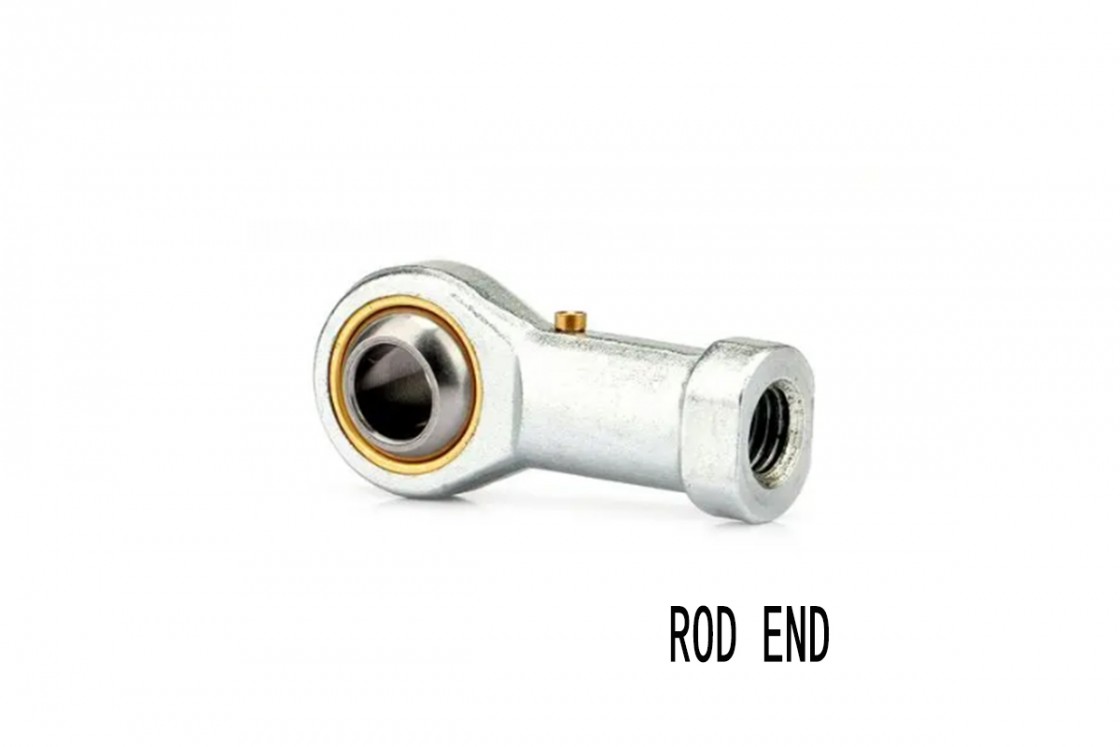
Size Range and Dimensions
The size range and dimensions of rod ends are critical factors that influence their performance in various applications. Each manufacturer—THK, NMB, and SKF—offers distinct size ranges tailored to meet diverse engineering needs. In this section, we will explore the size offerings from each brand, how these dimensions are structured, and the impact of size variations on performance.
Size Range Offered by THK
THK is known for its comprehensive selection of rod ends, catering to various applications across multiple industries. Their size range typically includes:
Small to Medium Sizes: THK rod ends often start from compact sizes ideal for precision machinery, with diameters as small as 6 mm, making them suitable for tight spaces.
Larger Options: THK also provides larger rod ends with diameters exceeding 50 mm, designed for heavy-duty applications that require significant load-bearing capacity.
Customization: THK offers custom sizes upon request, allowing engineers to specify dimensions that best fit their project requirements.
Size Range Offered by NMB
NMB focuses on robust construction and offers a diverse size range of rod ends, including:
Standard Sizes: NMB typically provides standard sizes that range from 5 mm to over 40 mm in diameter, accommodating a variety of mechanical designs.
Heavy-Duty Variants: Larger rod ends, up to 60 mm in diameter, are available for applications requiring high strength and durability, making them suitable for demanding environments.
Specialty Sizes: NMB also produces specialty sizes designed for unique applications, ensuring compatibility with various systems.
Size Range Offered by SKF
SKF is renowned for its engineering excellence, and its size range reflects a commitment to versatility:
Extensive Range: SKF rod ends are available in sizes ranging from 4 mm to 100 mm, catering to a wide array of applications from light-duty to heavy-duty use.
Modular Options: Their modular design allows for various configurations within the same size category, enhancing adaptability for engineers.
High Precision Sizes: SKF also offers precision sizes for applications requiring tight tolerances, which are critical in sectors like aerospace and automotive.
How Size Variations Impact Performance
The size of a rod end directly impacts its performance and suitability for specific applications. Here are several ways size variations can influence performance:
-
|
Factor |
Description |
|
Load Capacity |
Generally, larger rod ends can handle higher loads due to increased surface area and structural integrity. This makes size a crucial factor when selecting a rod end for high-stress applications. |
|
Flexibility |
Smaller rod ends may provide greater flexibility in tight spaces, allowing for multi-directional movement without compromising structural stability. |
|
Installation Considerations |
Size also affects ease of installation. Larger rod ends may require more space and specific mounting techniques, while smaller ones can fit into more compact assemblies. |
|
Weight |
The size of a rod end can impact the overall weight of the assembly. Lighter assemblies may be preferable in applications like robotics, where weight is a critical factor. |
Summary
In conclusion, the size range and dimensions of rod ends from THK, NMB, and SKF are designed to meet a wide variety of application needs. Understanding the specifics of each manufacturer’s offerings is essential for engineers when selecting the appropriate rod end for their projects. Size not only influences load capacity and flexibility but also plays a vital role in installation ease and overall performance. Choosing the right size ensures optimal operation and longevity of the rod end in various engineering environments.
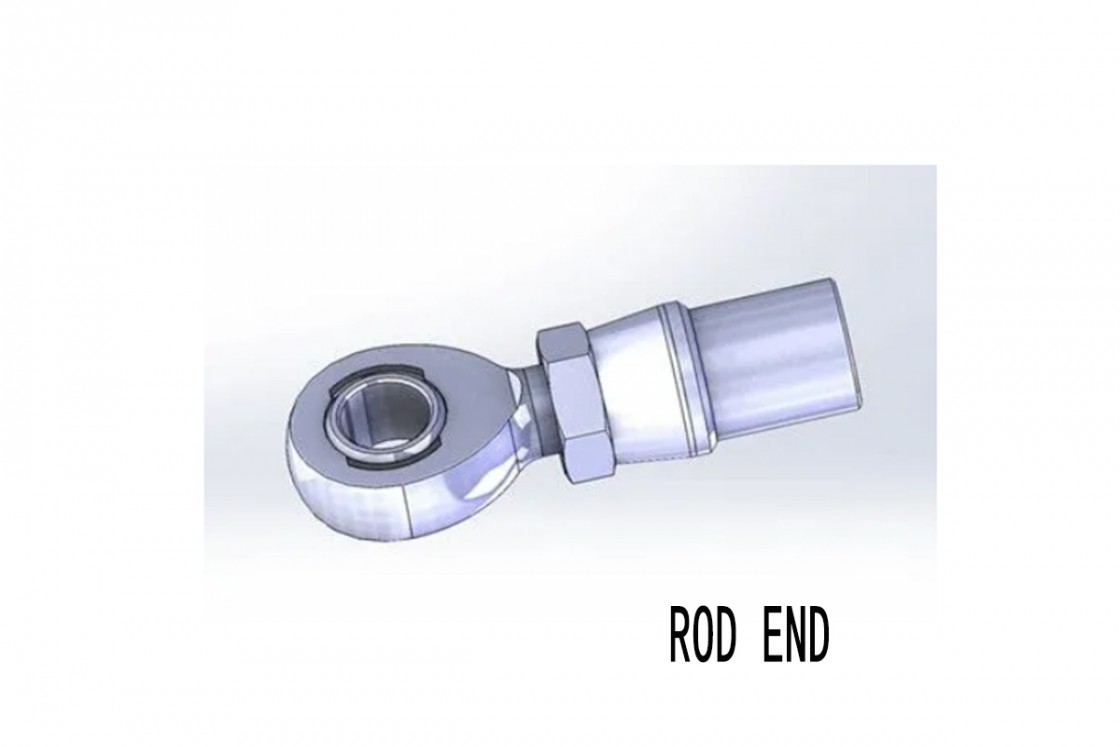
Conclusion
In this comprehensive analysis of rod ends, we have explored the offerings and performance characteristics of three prominent manufacturers: THK, NMB, and SKF. Each brand brings unique advantages and specialized features to the rod end market, catering to various engineering requirements. This section summarizes key findings and provides final thoughts on the performance and reliability of these products, along with tailored recommendations based on specific needs and applications.
Summary of Key Findings
Material Quality: All three manufacturers utilize high-quality materials to ensure robust performance. THK and SKF prioritize tempered steels and stainless options, while NMB focuses on alloy steels, enhancing load capacity and longevity.
Structural Design: The structural features of the rod ends differ across brands. THK emphasizes flexibility and precision, NMB provides rugged durability, and SKF offers advanced engineering solutions, making each suitable for specific applications.
Size and Dimensions: The size ranges of rod ends vary, with THK and NMB offering extensive options for various applications. SKF stands out with its wide range, accommodating everything from lightweight to heavy-duty needs.
Performance Under Load: Performance metrics reveal that all three brands deliver reliable load capacities, but their effectiveness varies by application. THK is preferred for precision work, NMB for robust construction, and SKF for a balance of durability and advanced features.
Final Thoughts on Performance and Reliability
When it comes to performance and reliability, the rod ends produced by THK, NMB, and SKF each exhibit strengths tailored to different operational demands. THK's rod ends are ideal for applications requiring precision and flexibility, making them suitable for intricate machinery. In contrast, NMB's robust designs excel in heavy-duty applications, where durability is paramount. SKF offers a well-rounded solution, integrating innovative engineering with reliable performance, making it a versatile choice for various industrial uses.
Recommendations Based on Specific Needs and Applications
For Precision Applications: If your application demands high precision and flexibility, THK rod ends are highly recommended due to their advanced engineering and compact sizes. They excel in applications such as robotics and precision machinery.
For Heavy-Duty Requirements: For industries requiring sturdy construction and high load capacities, NMB rod ends are an excellent choice. Their robust design makes them suitable for construction equipment and high-stress environments.
For Versatile Applications: If you need a balance of durability and adaptability, SKF rod ends offer a diverse range of sizes and materials. Their design is suitable for automotive, aerospace, and general industrial applications.
Conclusion
In summary, selecting the right rod end involves understanding the specific needs of your application and the distinct advantages each manufacturer offers. THK, NMB, and SKF each provide unique features that can meet diverse engineering challenges. By considering the insights and recommendations presented in this analysis, engineers and technicians can make informed decisions to ensure optimal performance and reliability in their projects.
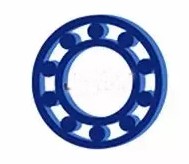

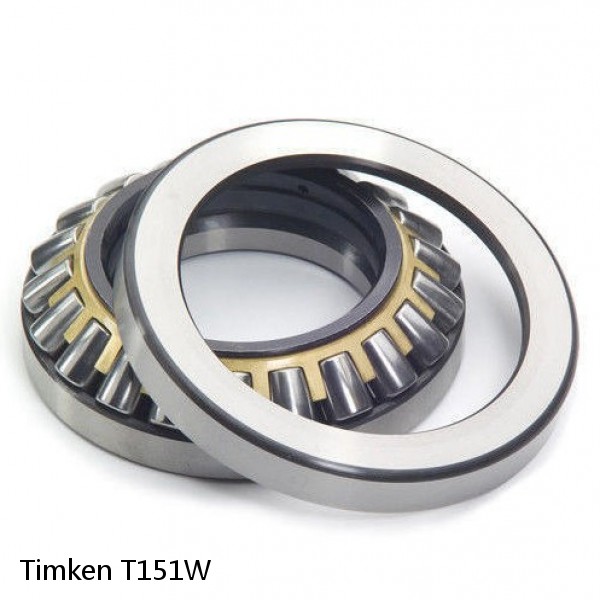 T151W Timken Thrust Roller Bearings
T151W Timken Thrust Roller Bearings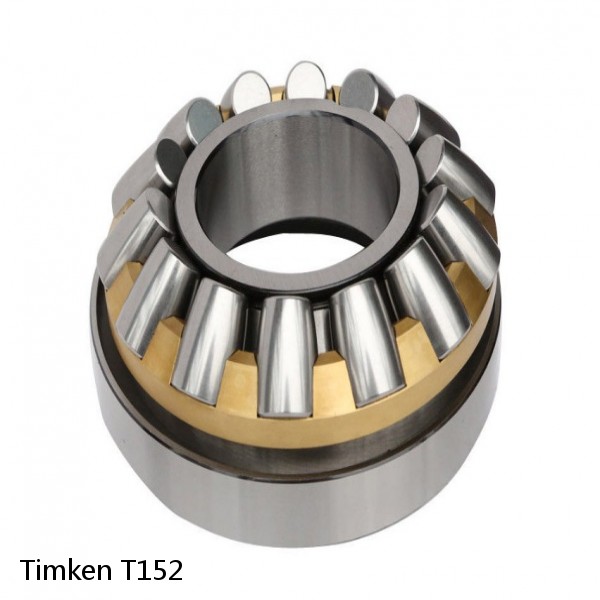 T152 Timken Thrust Roller Bearings
T152 Timken Thrust Roller Bearings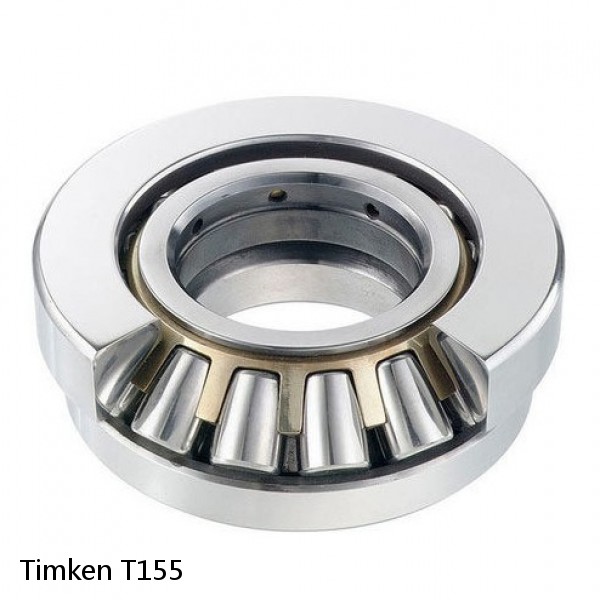 T155 Timken Thrust Roller Bearings
T155 Timken Thrust Roller Bearings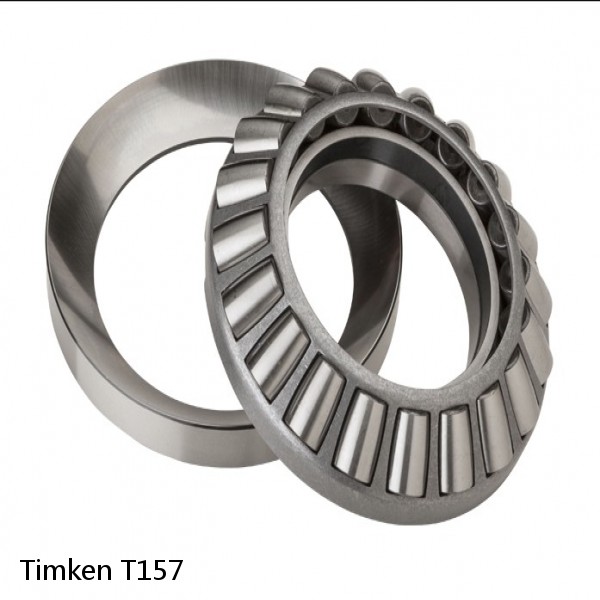 T157 Timken Thrust Roller Bearings
T157 Timken Thrust Roller Bearings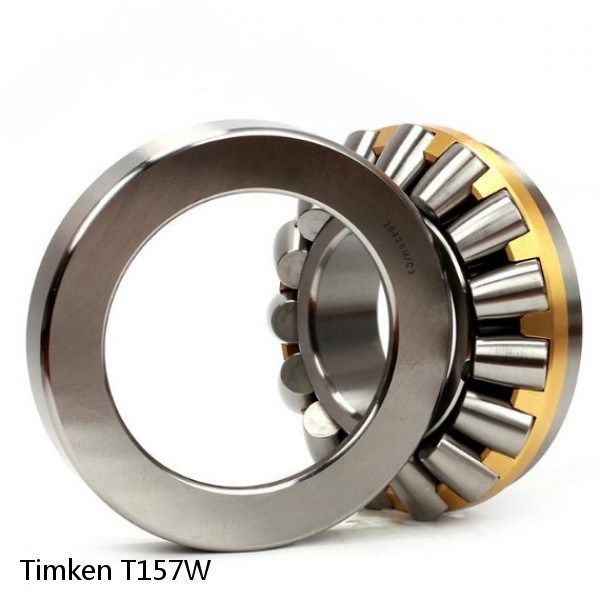 T157W Timken Thrust Roller Bearings
T157W Timken Thrust Roller Bearings